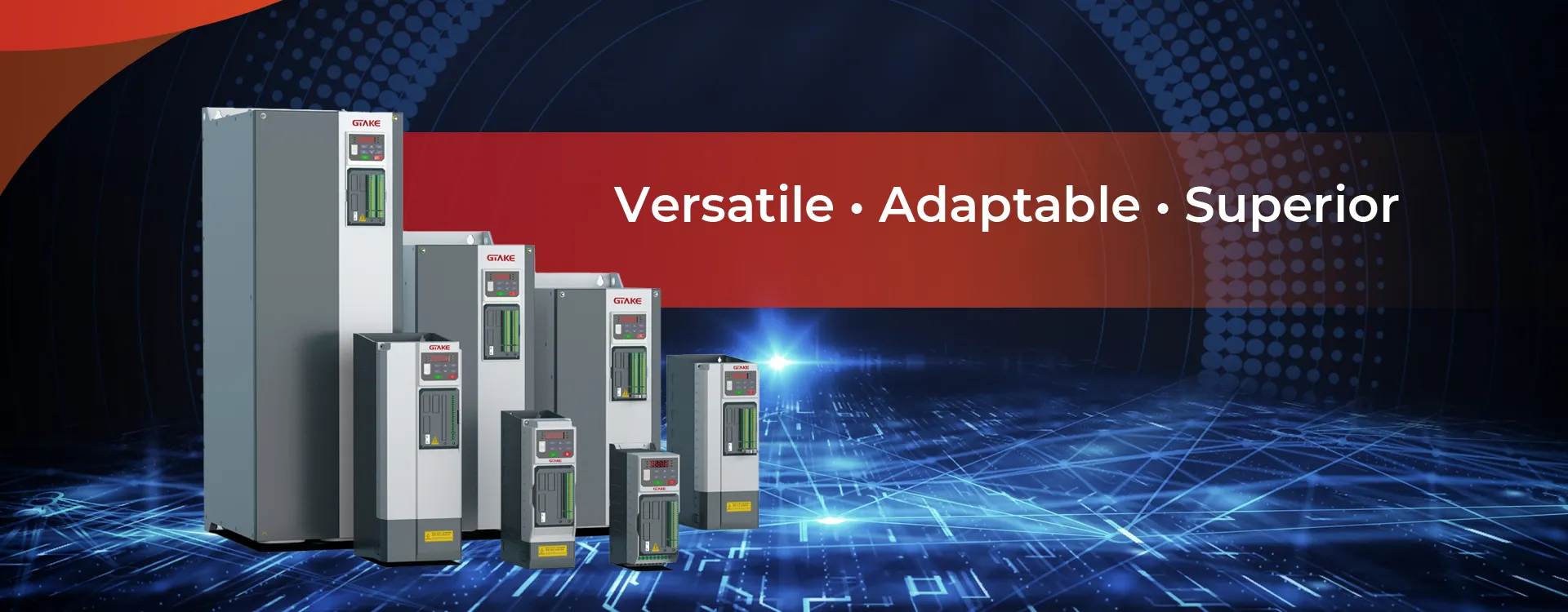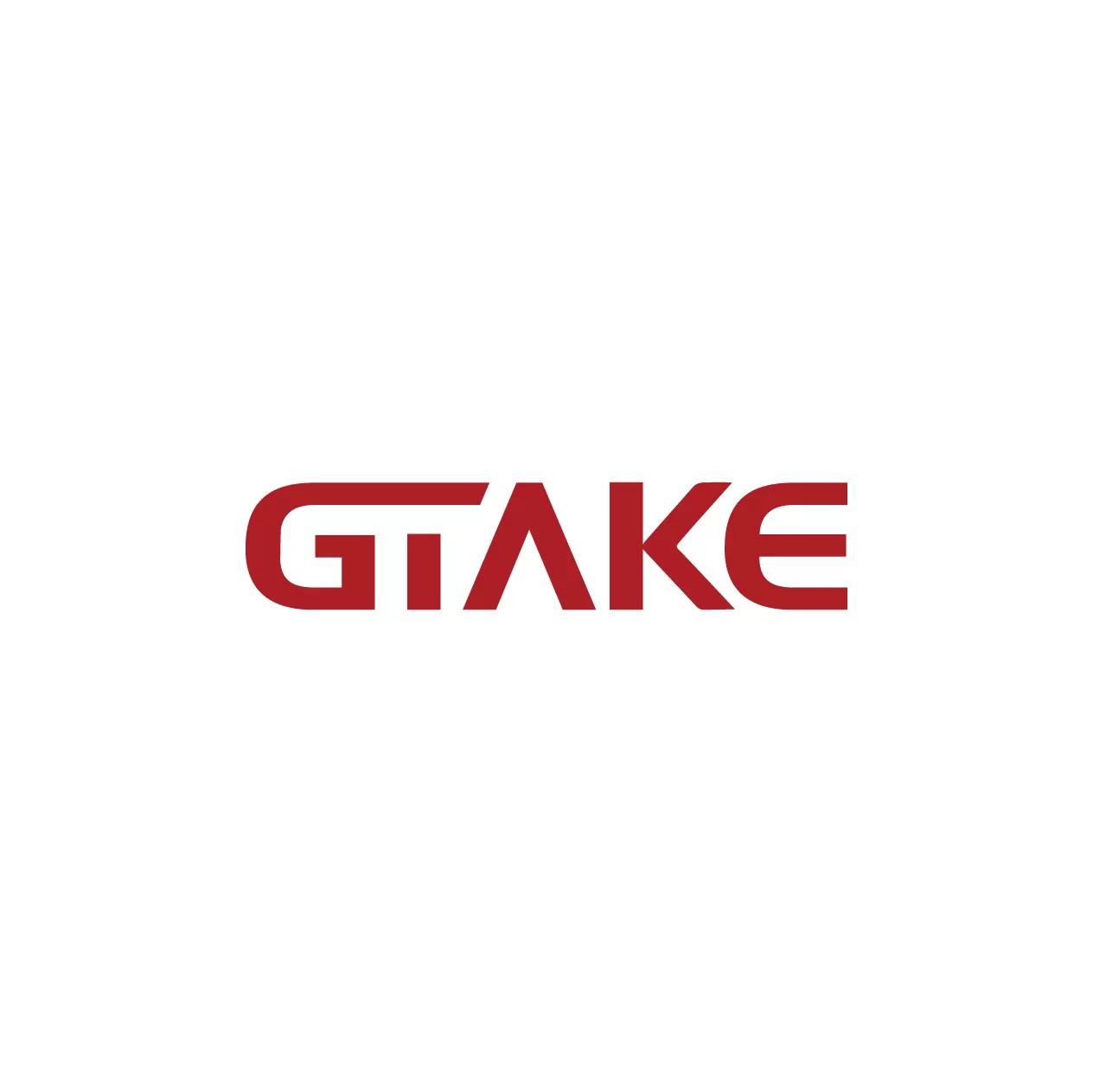
GTAKE specializes in designing and producing innovative AC drives (also known as variable frequency drives), electric vehicle motor controllers, bidirectional DC sources, and test rigs with advanced control algorithms and cutting-edge technology, delivering optimal performance and reliability for industrial automation and new energy applications.
A Vector Drive (also known as Vector Control Drive or Field-Oriented Control (FOC) Drive) is a type of motor controller that precisely regulates the speed, torque, and direction of an AC motor. Unlike traditional motor drives that adjust motor speed by changing the frequency and voltage, a vector drive takes a more advanced approach by controlling both the magnitude and phase of the motor’s magnetic field. This results in enhanced control over the motor’s operation, offering higher efficiency, precision, and performance in various industrial and commercial applications.
The basic principle behind a Vector Drive is to decouple the control of the motor’s flux (magnetic field) and torque. In traditional AC motor control, the stator’s voltage and frequency are adjusted to control speed. However, this often leads to inefficiencies, particularly when precise speed or torque control is needed. A vector drive, on the other hand, adjusts not just the magnitude but also the angle (phase) of the motor’s magnetic field to independently control these two key factors.
A Vector Drive is an advanced motor control solution that offers precise, efficient, and reliable control of AC motors. Through the use of Field-Oriented Control (FOC), it provides superior motor performance, energy efficiency, and smooth operation across a wide range of applications. Whether for industrial automation, HVAC systems, or electric vehicles, vector drives are a versatile and powerful solution that helps optimize motor performance, reduce energy consumption, and improve system reliability.
As industries continue to demand higher precision and more efficient motor control, the role of vector drives in modern motor control systems will only become more essential.
